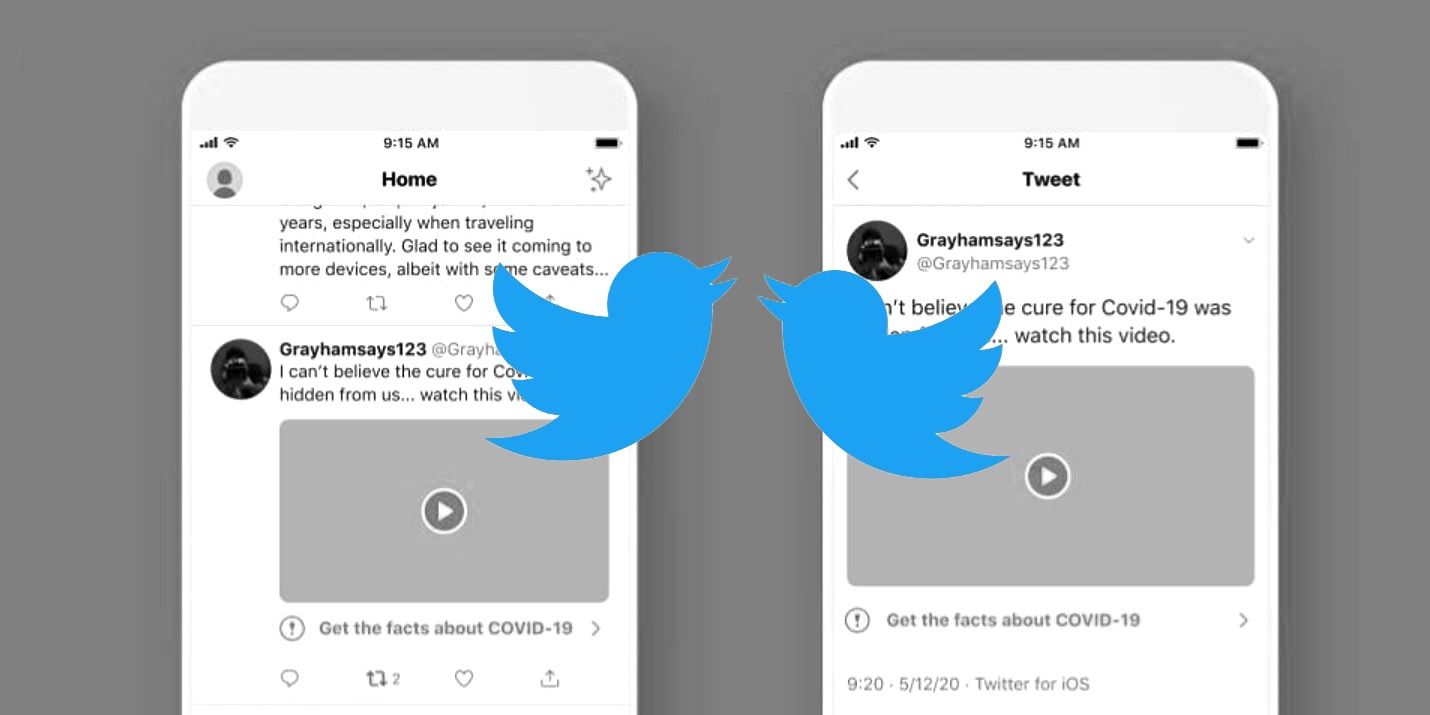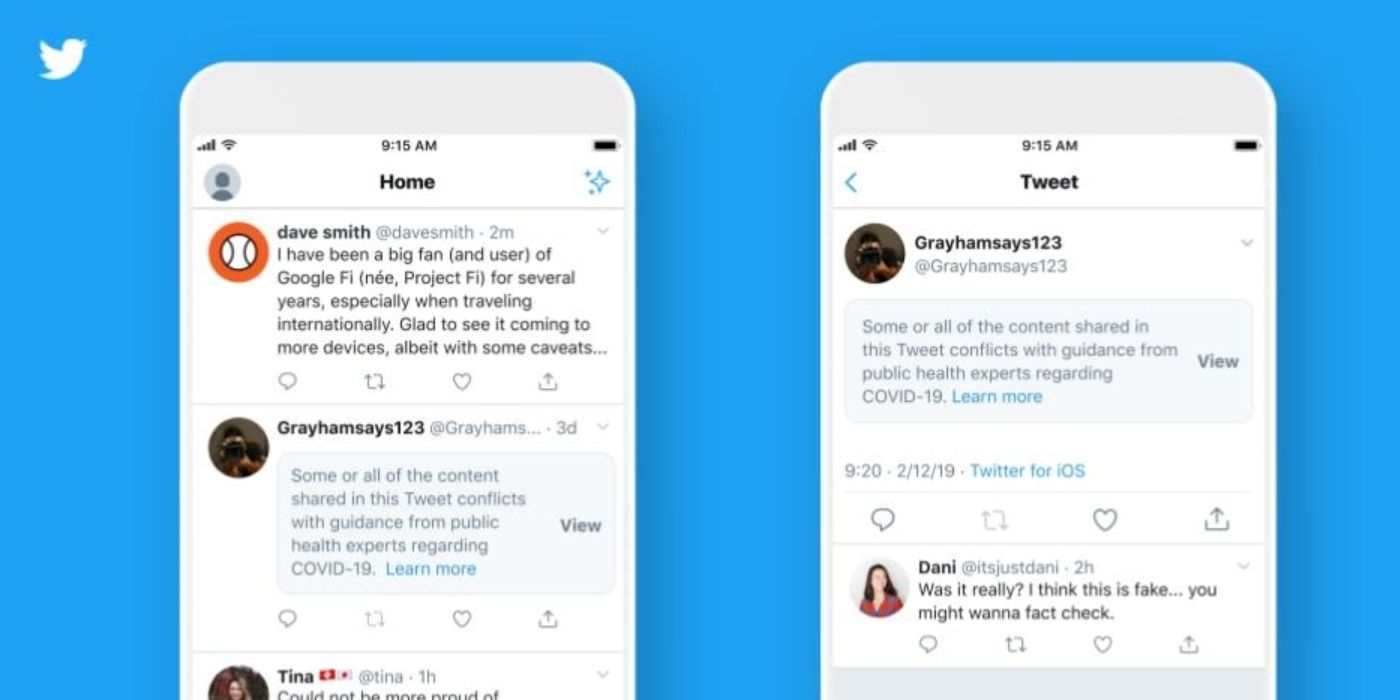Twitter has provided an update on how it handles misleading information regarding the coronavirus pandemic. This is one of the latest examples of a social media service taking action to try and limit the spread of questionable information on its platform. Although, it is also another example of how social media services are reducing what is permitted to be shared online.
Compared to other social media services, Twitter is more prone to misinformation or posts being incorrectly interpreted, due to its focus on super short messages that might not always be as informative or detailed as users would like. To combat this, the company has slowly over the years been making changes to add context to its posts and their validity. This has included expanding the maximum character limit and the introduction of the blue verification check mark to let people know that an account belongs to a verified person or group. While verified accounts typically include celebrities, news organizations and government officials, the company has recently recognized the influence they have and developed strategies to further combat misinformation.
In a blog post, Twitter announced some additional changes that are coming to the platform. In addition to updating its policy guidelines, the social network is adding labels and warning messages to Tweets. The labels will be similar to the warnings people see for a post that contains manipulated media content. Furthermore, the social network says it plans to take action against posts that have misleading information, disputed or unverified claims.
A Closer Look At Twitter's New Warning Labels
Twitter has new guidelines to distinguish the different types of content that may receive action. Each type of claim will receive a different type of reaction depending on the context. For example, Twitter categorizes tweets containing misleading information as content with the propensity of harm. In other words, these tweets are considered by the site as proven to be false and likely to mislead other users. As a result, this type of post will receive a label informing others that the content is likely fake. Additionally, staff may remove this post if severe action is required. A disputed claim happens when people question the credibility and authenticity of a tweet and this second category might receive a similar label or a warning. The final propensity of harm is an unverified claim, and Twitter explains that unconfirmed information fits in this category. Although Twitter says it won't take action against these tweets, due to the lack of information.
Twitter recognizes its value as a bringer of information and this is likely the reason why the platform is making more aggressive moves to remove questionable, or otherwise harmful, content. With Twitter being a resource used by many to learn about serious subjects, it is positive that the company is trying to hold itself accountable and especially as there is plenty of evidence that events taking place in the virtual space can impact real-life. For example, Tesla’s CEO, Elon Musk, recently ranted on the platform, and immediately caused the stock price to plummet. Overall, Twitter understands that information is valuable, even more so when it comes to credible information, and especially at times as serious as the coronavirus pandemic.
Source: Twitter


